Photos: The Flying Bombs of Nazi Germany
Retaliation weapons
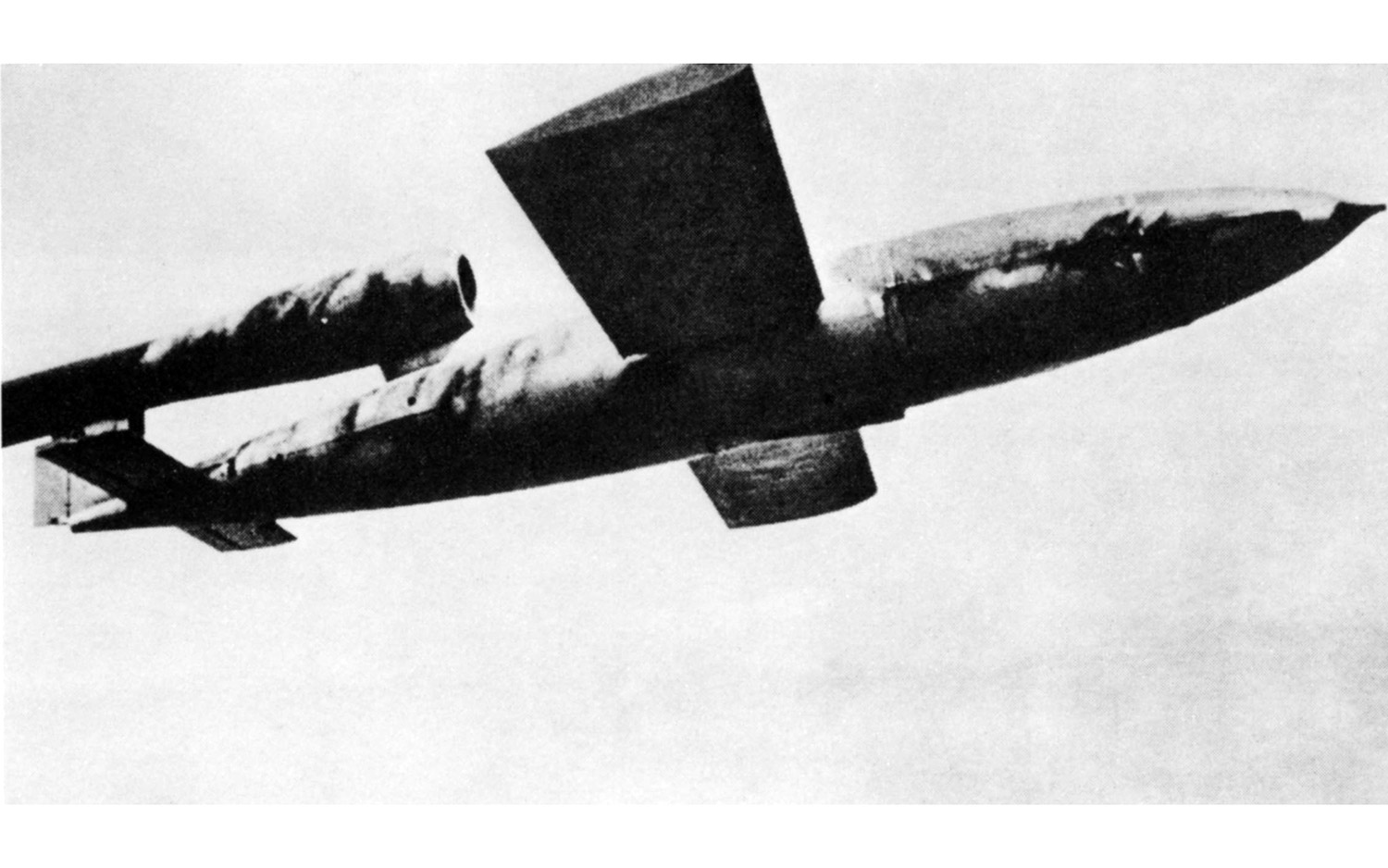
Near the end of World War II, Germany launched thousands of what it called "retaliation weapons" or "vergeltungswaffen" from the European continent at the British capital London.The bombardment began in June 1944 with thousands of these V1 "flying bombs" fired at London mainly from launching ramps in occupied Holland. [Read more about the flying bombs excavation]
V1 Flying bomb
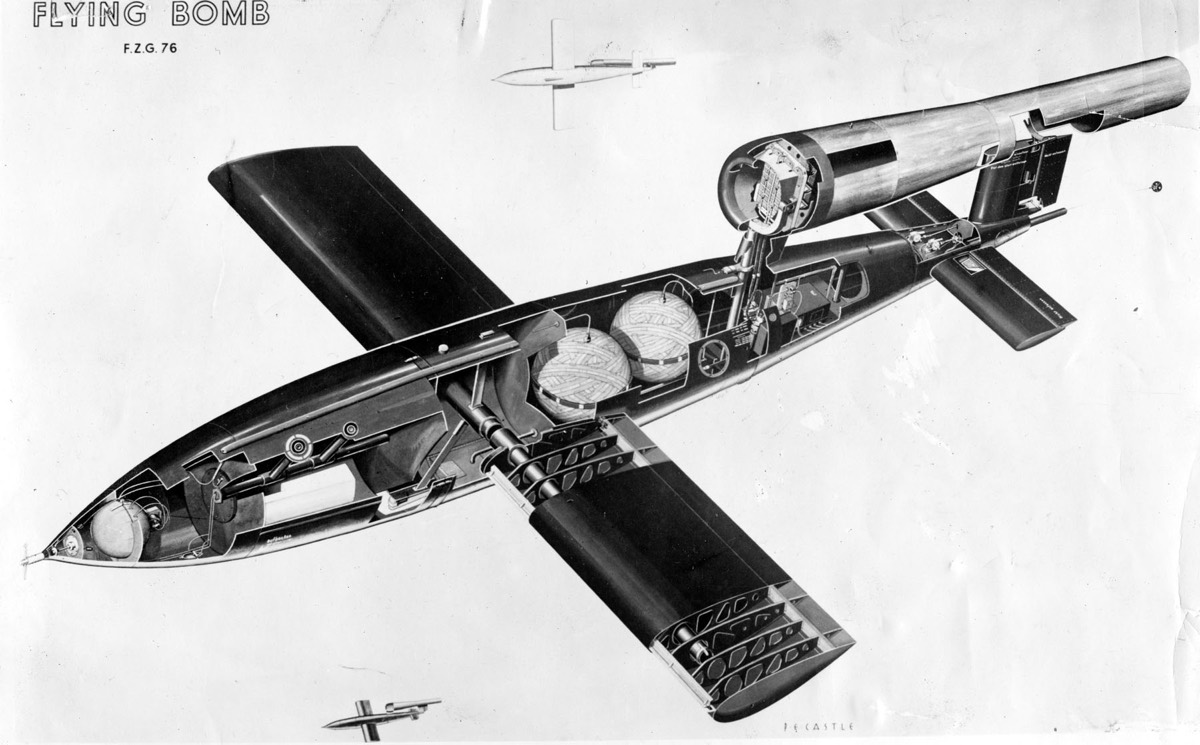
Each V1 carried a high-explosive warhead weighing up to 1,700 lbs. (850 kg) for a range of up to 150 miles (240 km). It was driven by a pioneering pulse-jet engine at speeds of more than 400 mph (640 km/h), and guided by a clockwork guidance system run by compressed air.
London under fire
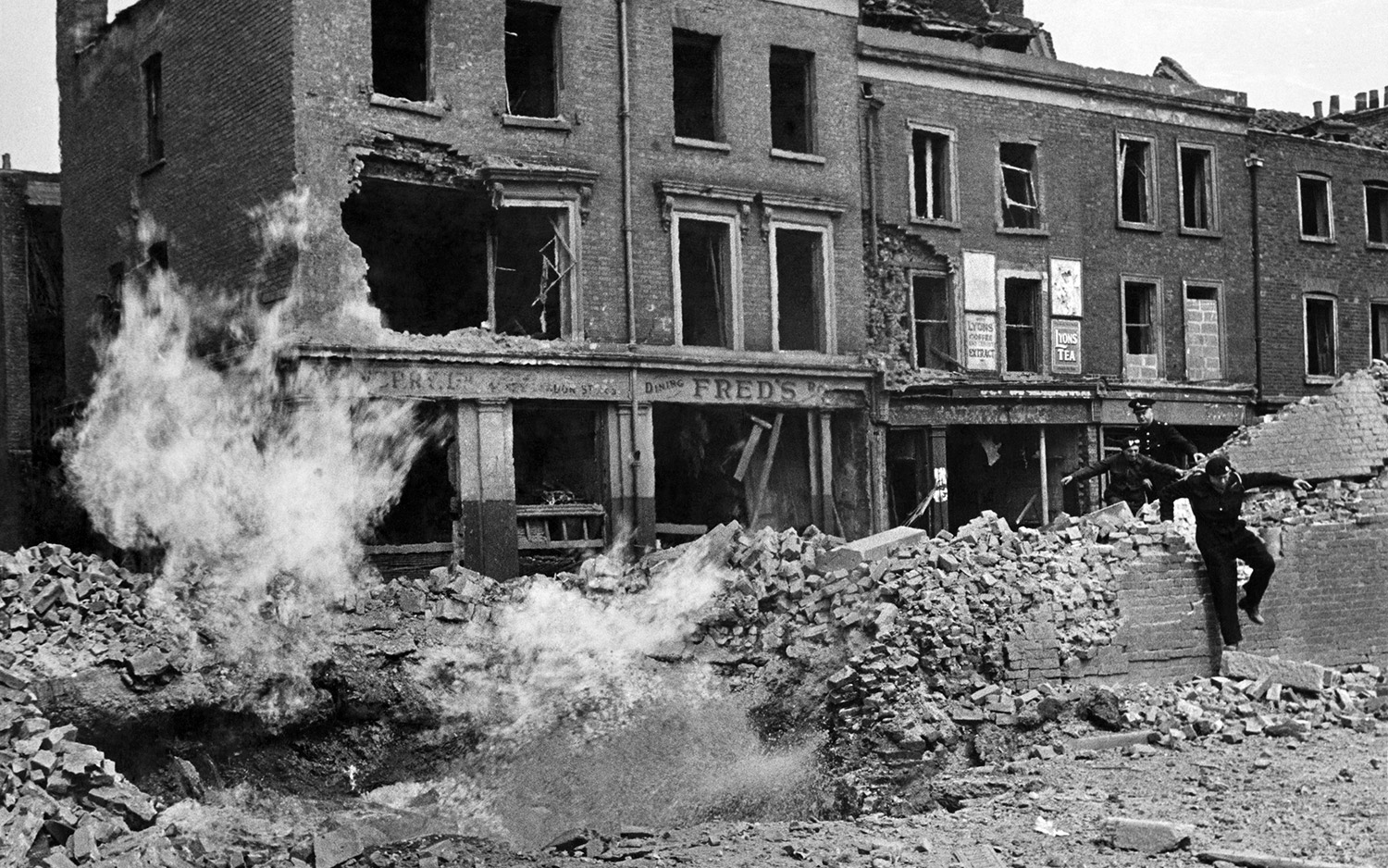
Almost 10,000 V1 flying bombs were targeted at London, where they caused extensive damage.More than 6,000 people were killed in a few months by the V1s, which were known as "doodlebugs" or "buzz bombs" from the distinctive sounds of their pulse-jets.
Fighting the V1s
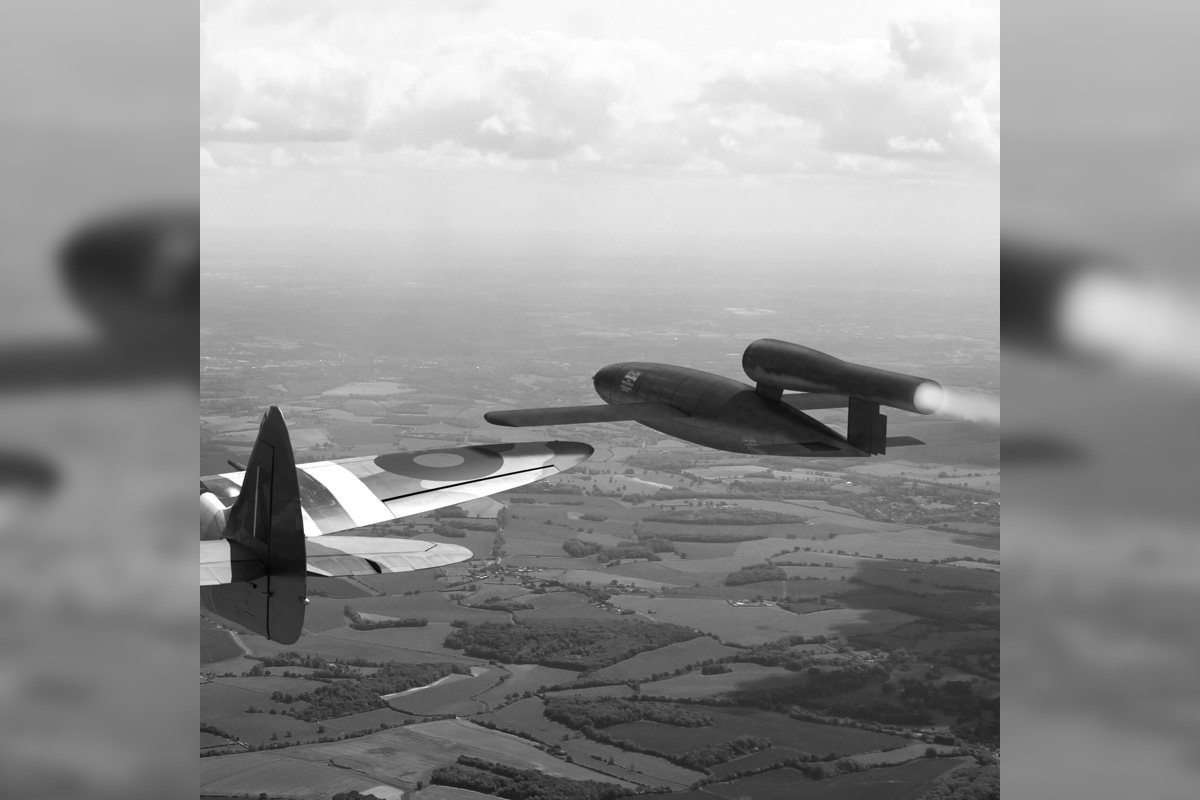
But Allied anti-aircraft artillery and fighter aircraft pilots quickly learned how to counter the V1s. Many V1s were shot down, and fighter pilots learned to tip the V1s off-course with the turbulence from their wings.
Packing Wood explosion
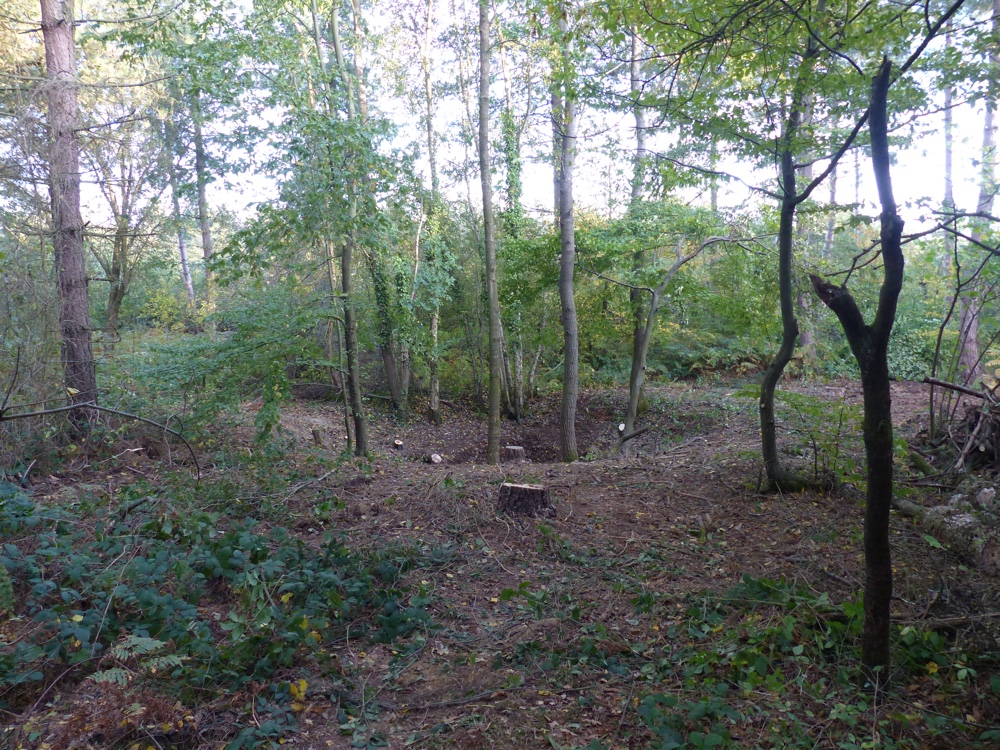
In August 1944, a Polish pilot shot down a V1 flying bomb that had been fired from Holland at London. The flying bomb crashed and exploded at Packing Wood, near Ashford in the county of Kent, leaving this crater.
Digging up a V1
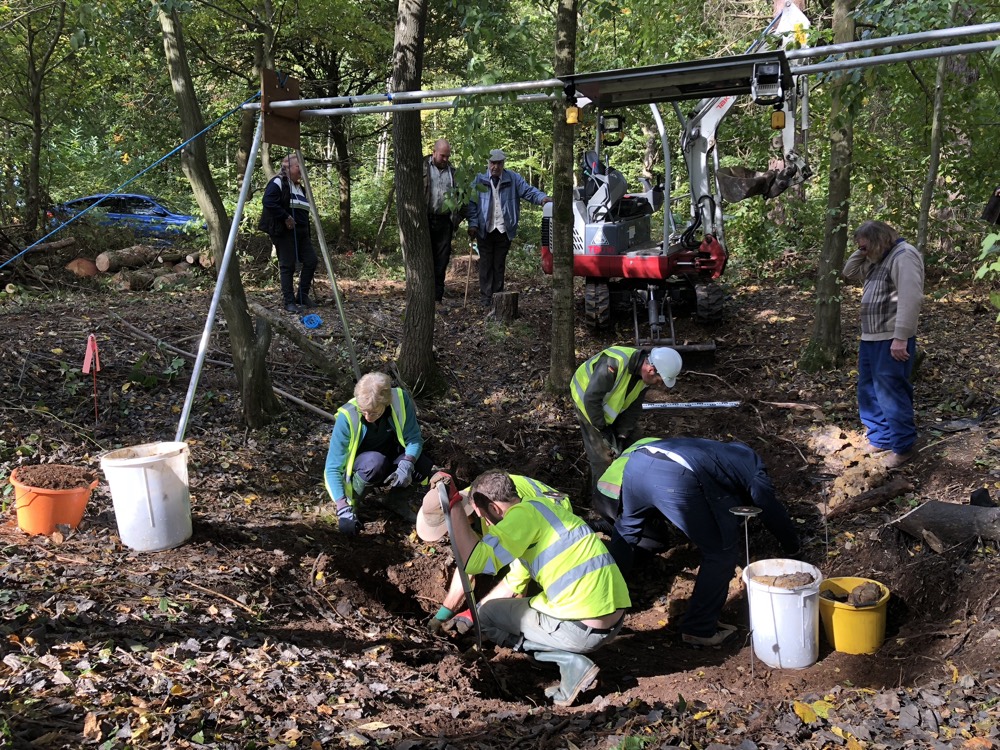
In October 2018, a team of British archaeologists excavated the V1 crater in Packing Wood.The explosion of the flying bomb had scattered the remaining pieces across a wide area.
Metal parts
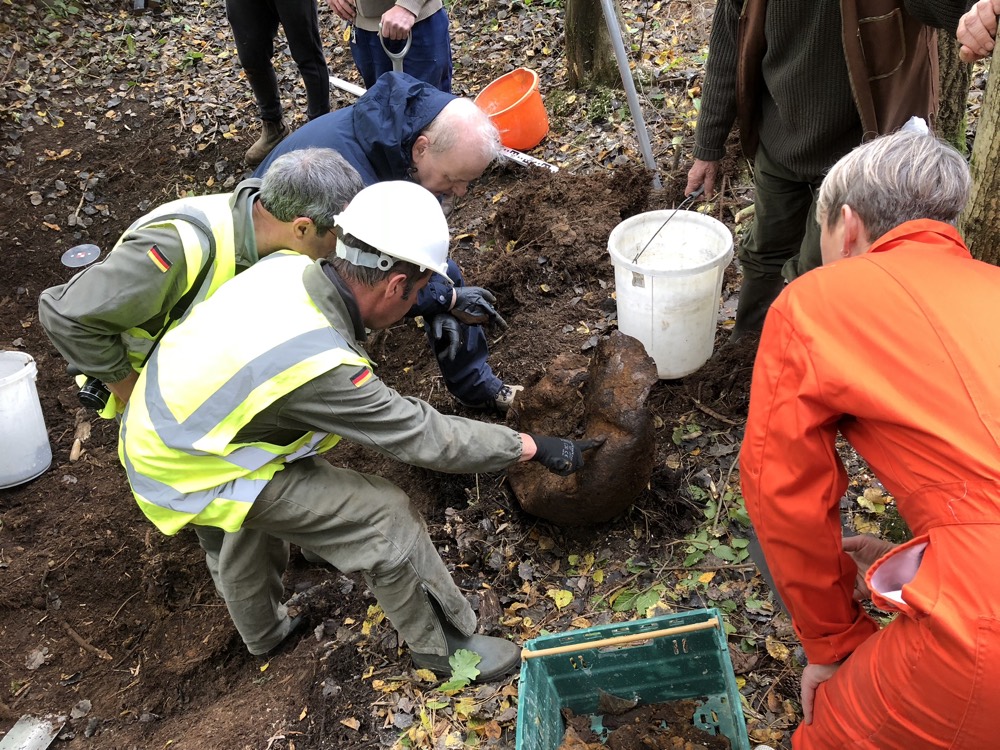
After more than 70 years, the wet and acidic soil had eroded away much of the steel used in the V1's construction. But many parts of the V1's internal mechanisms made from aluminum have survived.
Sign up for the Live Science daily newsletter now
Get the world’s most fascinating discoveries delivered straight to your inbox.
Fuel regulator
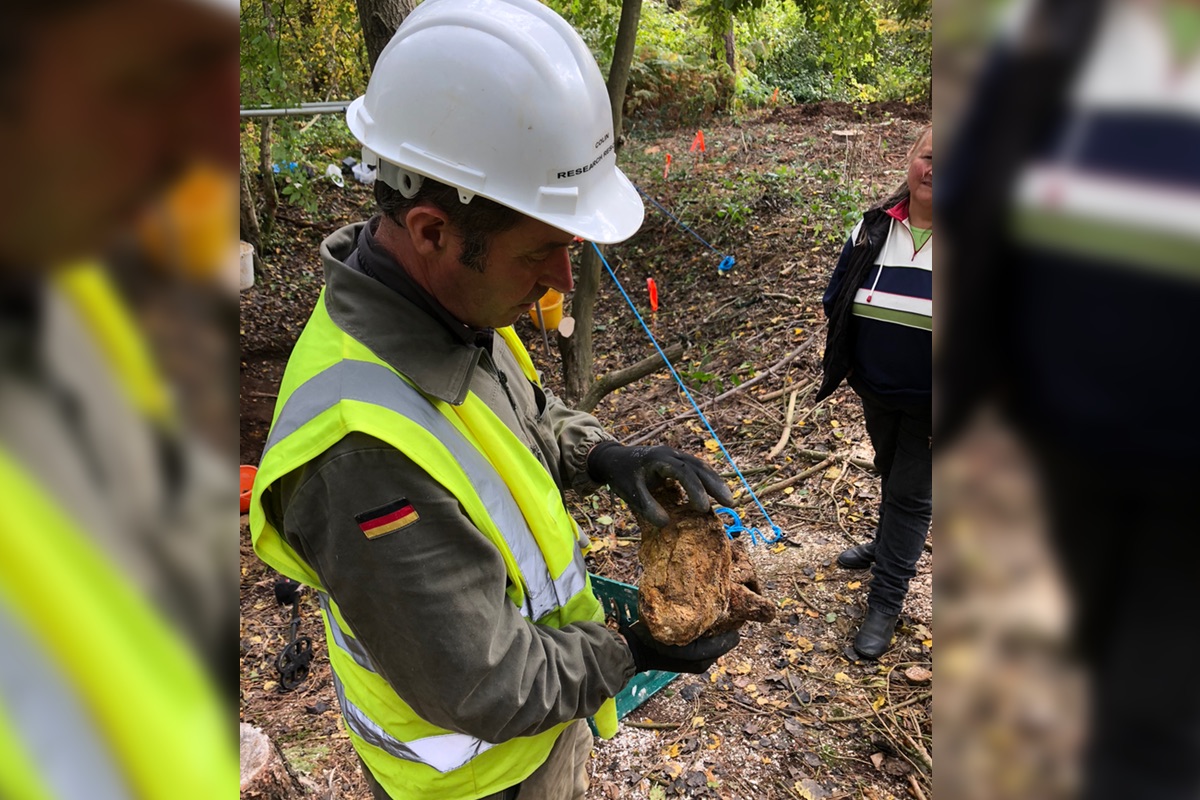
Project leader Colin Welch holds the fuel regulator from the V1, fresh out of the ground after more than 70 years. Each V1 was fitted with an early type of pulse-jet engine, in a jet-tube at the top of the flying bomb.
V2 rocket
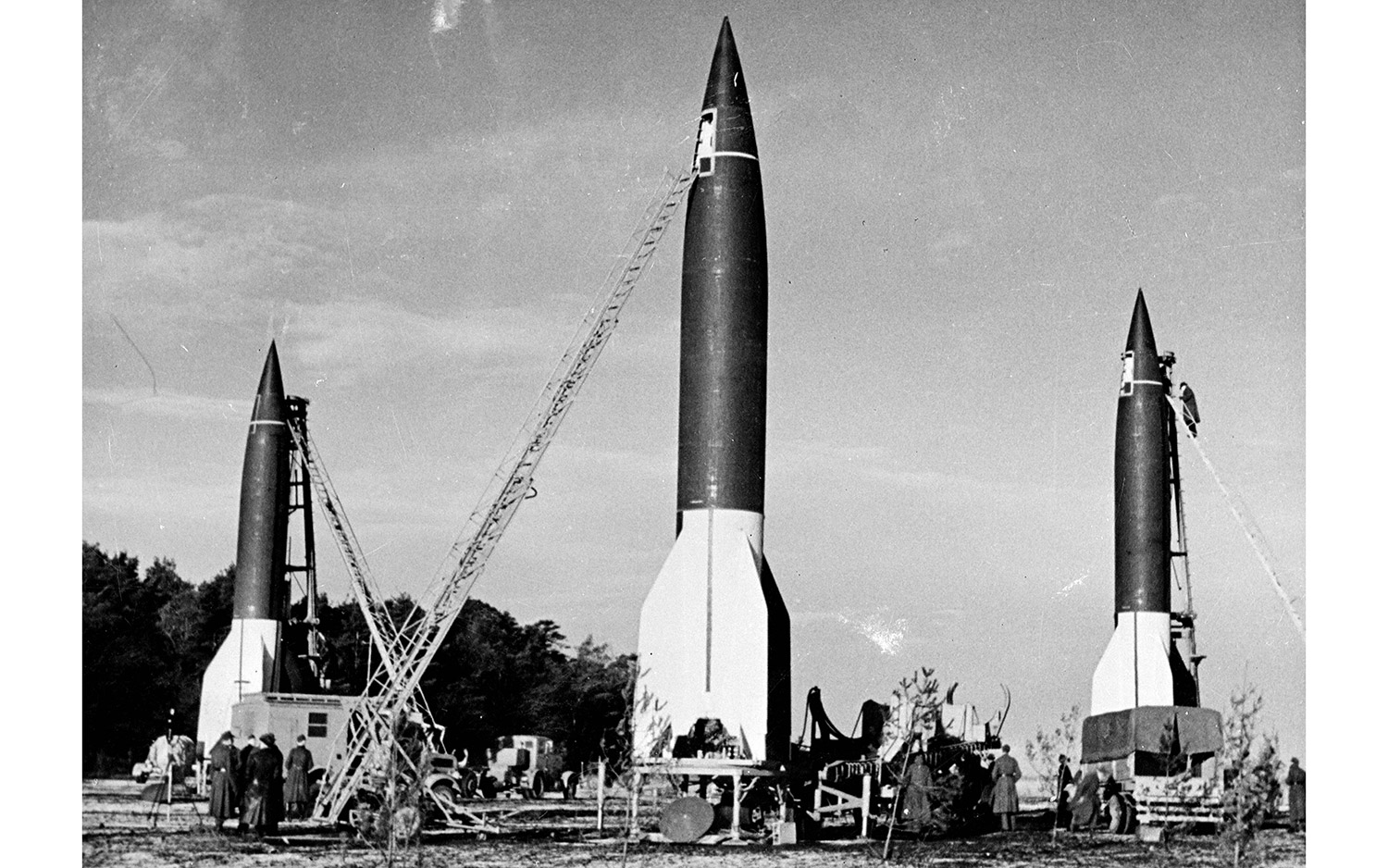
In September 1944, Germany started firing its second "retaliation weapon," the V2 rocket, against London. V2s flew on a ballistic arc of more than 50 miles (80 km) in altitude, and hit their targets at more than three times the speed of sound. They were effectively impossible to shoot down.
Deadly design
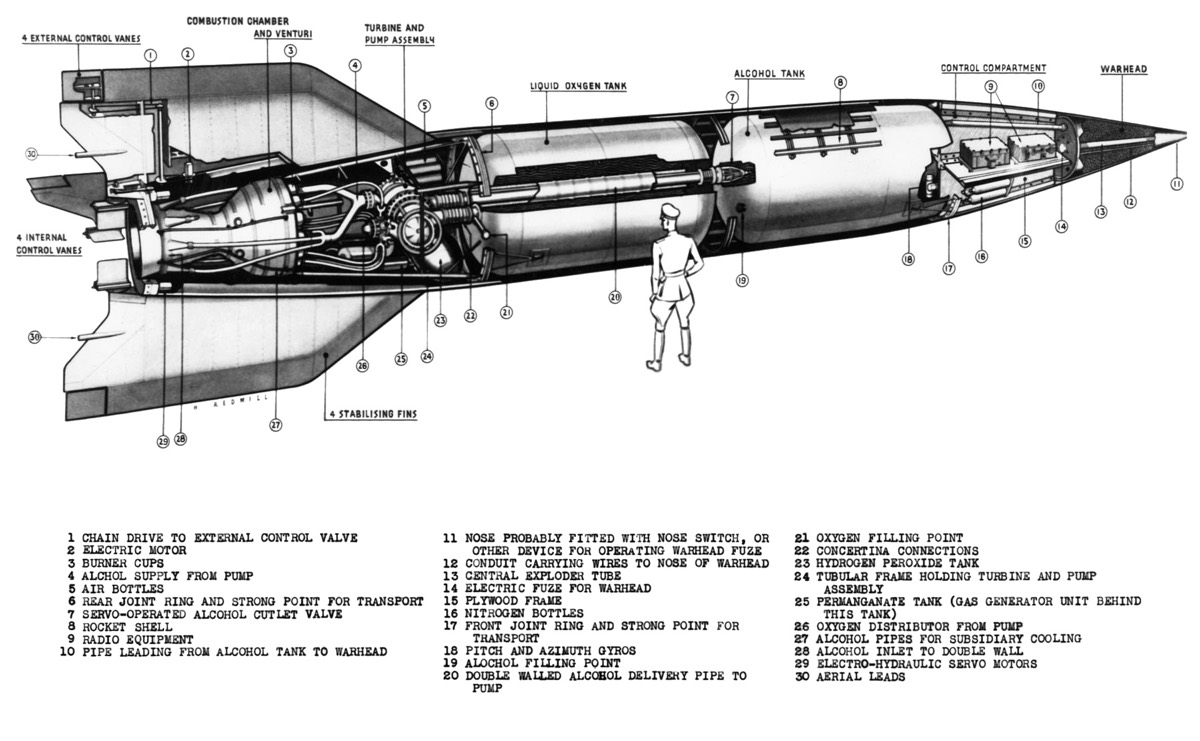
The V2 was the most advanced rocket of its time — noone else had anything like it.It was powered by a mixture of oxygen and alcohol. More than 20,000 slave-laborers were killed making V2s at the German research base at Peenemünde.
Space race
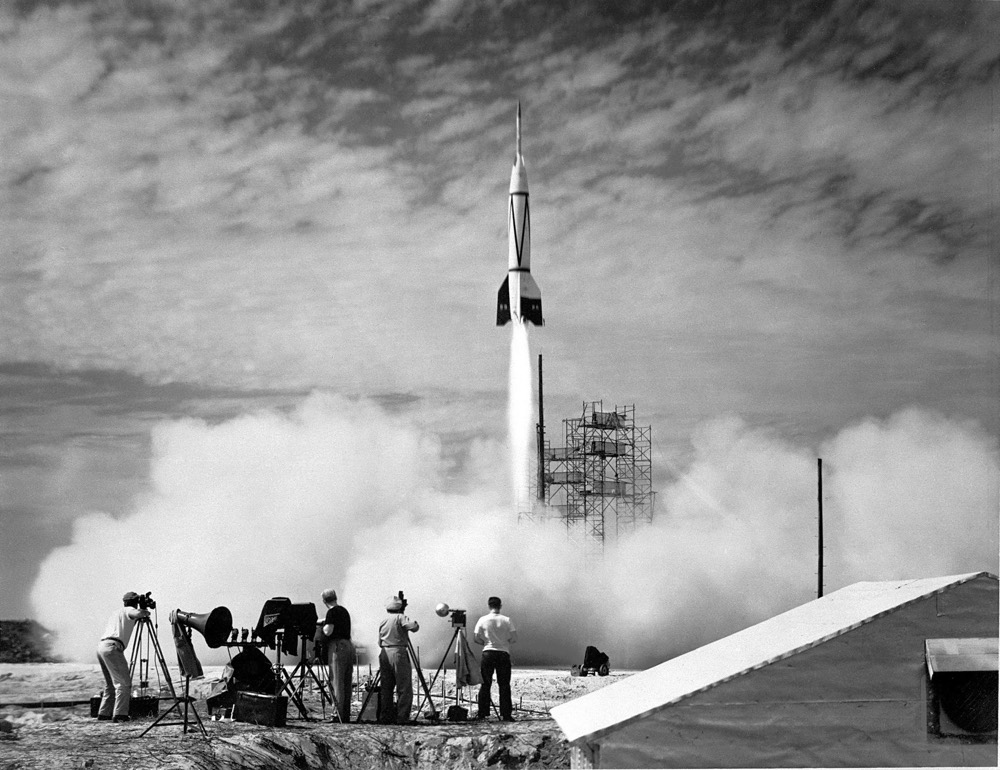
After the war, several captured German V2 rockets were used to establish the U.S. military missile and civilian space programs, under the direction of captured German rocket scientists.This image shows a V2 being tested with a U.S-built second-stage rocket, launched from Cape Canaveral in Florida in 1950.
Tom Metcalfe is a freelance journalist and regular Live Science contributor who is based in London in the United Kingdom. Tom writes mainly about science, space, archaeology, the Earth and the oceans. He has also written for the BBC, NBC News, National Geographic, Scientific American, Air & Space, and many others.









